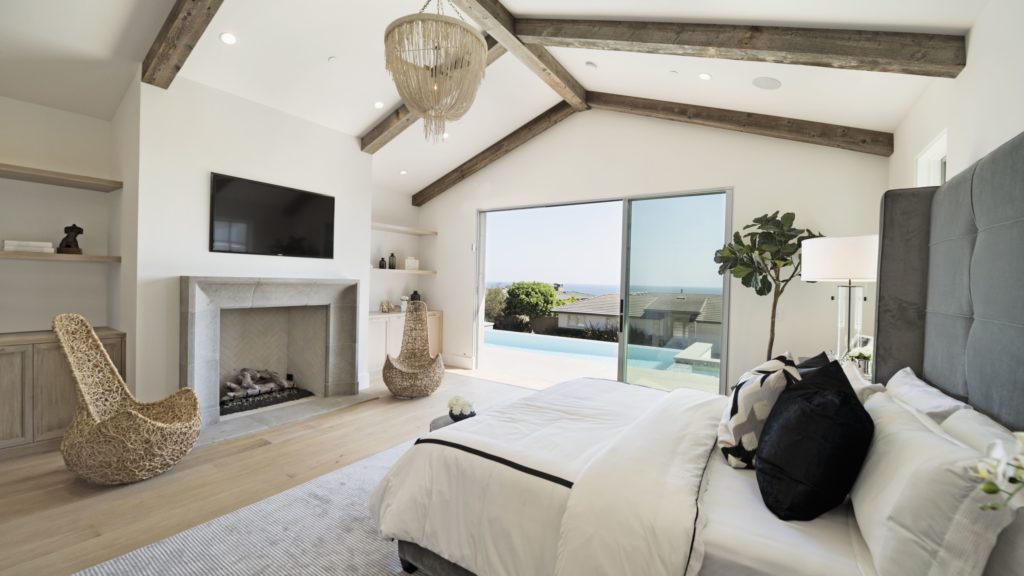
Awaking to a smoke detector or fire alarm activation can be a jarring experience. It’s supposed to be. The point is to be awakened as quickly as possible. The method in which to do that isn’t as straight forward as you might think. Different code requirements call for different methods, depending on the type of occupancy its in. Let’s take a look at what they are.
Knowing which code is being enforced is an important starting point. In the IBC , sleeping UNITS and sleeping AREAS are not the same and require different fire alarm notification. A sleeping unit is a unique occupancy like a hotel room, single room occupancy or a on call physician’s sleeping room in a hospital that has a separate entrance from a public space. A sleeping area is a bedroom in a dwelling unit, such as an single family home, an apartment or a condo. The general alarm audible requirements for sleeping units are in Chapter 18 of NFPA 72. The requirements for sleeping areas are in Chapter 29. In NFPA 101, the only distinction for general alarm notification requirements is between one/two family dwelling units and all other types of living spaces. One & two family sound requirements are found in Chapter 29 in NFPA 72. The rest are found in Chapter 18.
Let’s start with audible notification in IBC dwelling units. The audible requirements for fire alarm system connected devices in IBC dwelling units are found in Chapter 18.4.4.1 of NFPA 72. It’s important to note that there is a difference between the audible requirements of general alarm audible notification appliances and the audible requirements of appliances that are installed in sleeping areas within dwelling units that are intended to wake people up. This is where some interpretation may come in. Is the general alarm signal intended to achieve audibility in a dwelling unit or is the intent to wake occupants up? For all spaces in dwelling units, it’s audibility. The general alarm signal must be15 dBA above the ambient sound level. Remember, ambient is not worst case with the TV cranked and the kids screaming. Prescriptively, it’s 35 dB per NFPA 72 Table A18.4.4 or the highest average level measured over 60 seconds.
For signals installed in sleeping areas, the intent is to wake people up This calls for the usual 15 dB increase over ambient sound levels, 5 dB over the highest dB level measured over a typical 60 second period or 75 dB as measured at the pillow, whichever is greater. The 75 dB requirement is unique to sleeping areas. However, in health care or other facilities that use private mode signaling, only staff sleeping rooms are subject to this requirement, not patient rooms. If a door is between the appliance and the pillow, the measurement is made with the door closed. Unless the appliance is right outside the door, figure you’re going to lose about 20 dB through the door. That’s why a lot of dwelling unit fire alarm audible devices are located near sleeping areas.
An area not usually thought of as a sleeping area is the living room, but we all know the living room couch is used quite often to sleep after a great meal or for a much needed nap. Should we consider that a sleeping area? Not according to NFPA 72. It suggests designating the living space as a sleeping area, but since that suggestion is only found in the Annex, it’s not enforceable. If the local code designates living rooms as sleeping spaces, then apply bedroom requirements to the living room as well.
Most of the design mistakes that are made in sleeping areas occur in the application of the low frequency sounder requirement. We’ll go into that in our next blog. In the meantime, be sure to use qualified Gamewell-FCI distributors like Affiliated Fire Systems to ensure you’re getting the right equipment and the right layout design. Contact us for more information.
Gene Rowe NICET IV, Fire Alarm Systems Affiliated Fire Systems, Inc.


Hey Gene!
Thank you for your article! Do you know the NFPA code that states that the living room is considered a sleeping area?
Respectfully,
Danny Bratcher
Hi Danny,
It’s found in Annex A of NFPA 72 (A.18.8.6.3), so it’s not in the actual code. Since it’s in the annex, it’s more of an explanation, guideline or interpretation & not enforceable on its own. The local jurisdiction would have to specifically designate the living room as a sleeping area, making it subject to sleeping area life safety requirements. Yes, people fall asleep on the couch, but they also fall asleep on the back deck so the national code isn’t in a position to officially designate spaces other than bedrooms as sleeping areas. It’s really up to the local government to decide how, or if, this interpretation should be implemented.
I hope I’ve answered your question adequately. If I can be of further assistance, let me know!
Gene Rowe, SET
Affiliated Fire Systems, Inc.
Downers Grove, IL
generowe@affiliatedinc.com